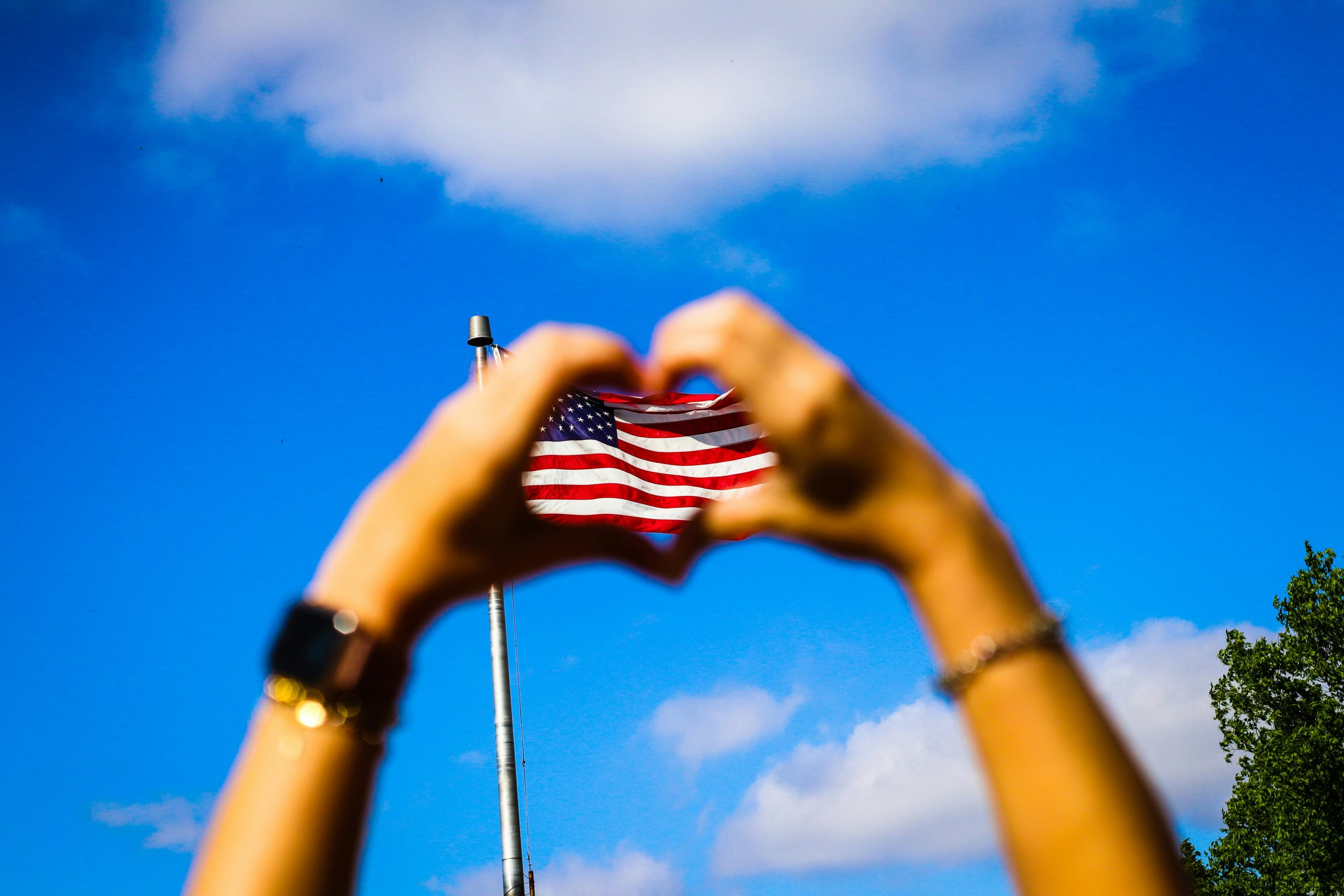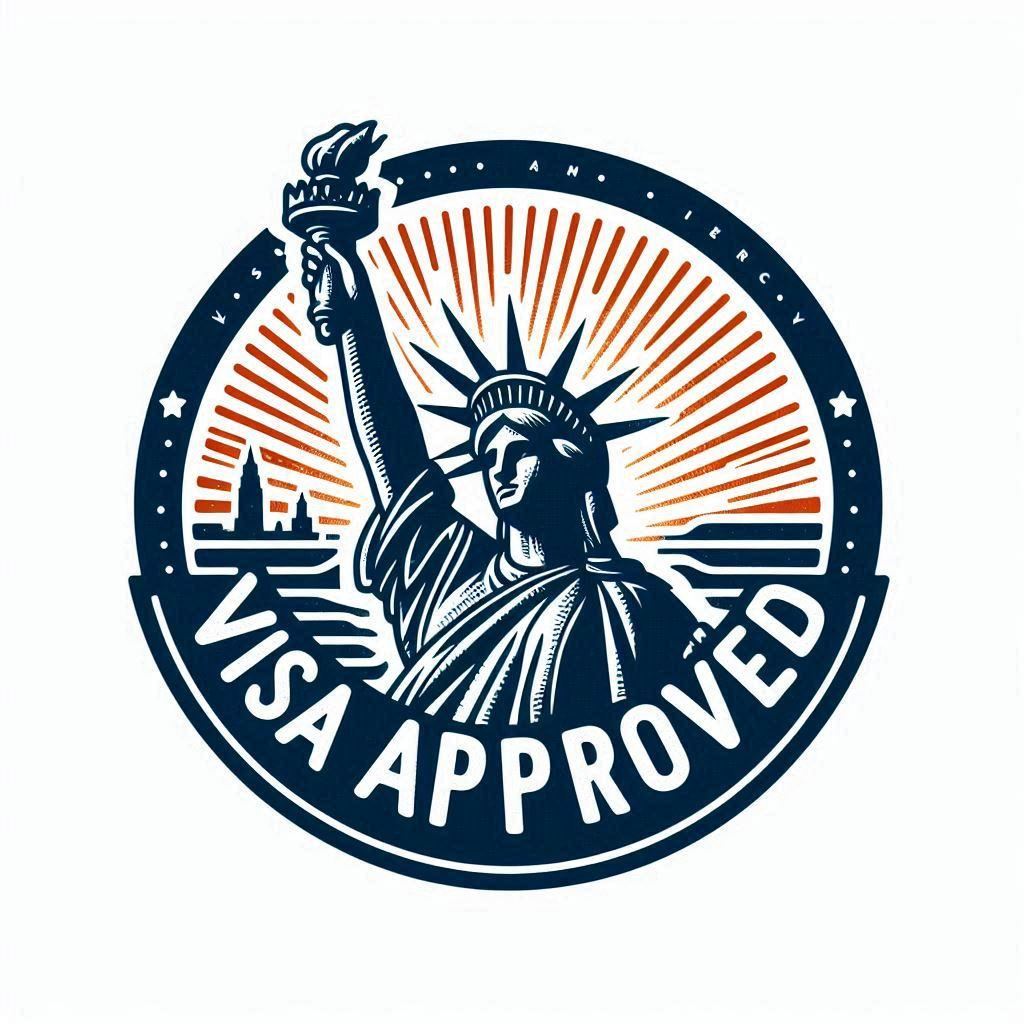How to Actually Get a B1/B2 Tourist Visa
Written by a former US fraud prevention officer.
The B1/B2 Visa is a non-immigrant visa issued by the United States that allows foreign nationals to enter the country for temporary purposes.
Tourist visa approval is highly subjective on a case-by-case basis.
The B1/B2 Tourist visa can be used for:
| The Tourist Visa can be used for | The Tourist Visa cannot be used for: |
| Tourism | Productive Work* |
| Visiting Family and Friends | Studying in the US |
| Medical Treatment | Giving birth in the US |
| Business |
*Exceptions to the no productive work rule:
Exceptions to the “no productive work” rule include short-term activities requiring specialized skills that cannot be sourced locally. Examples might include:
- Ancient art restoration
- Academic lectures or speaking engagements
- Collaborative research
- Other highly specialized technical services
These exceptions are narrowly defined and must meet strict criteria:
- The work must be incidental to the main purpose of your visit
- No salary or direct compensation from U.S. sources (reimbursement for expenses is generally acceptable)
- The activity must be temporary and not replace a U.S. worker
You must be prepared to clearly explain, especially at the port of entry, why your skills are uniquely required and why no U.S. worker could be hired to do the same work.
Permissible Business Activities on a B1 Visa:
- Engage in business prospecting (e.g., exploring market opportunities)
- Attend business meetings or consultations
- Negotiate contracts
- Participate in conventions or conferences (scientific, educational, professional, or business-related)
- Conduct independent research (not employment-based)
- Attend short-term training (without receiving payment from a U.S. source)
- Settle an estate
- Participate in litigation (e.g., as a witness or party to a lawsuit)
- Purchase property or make investments (passively, not managing them)
- Interview and hire staff for foreign-based employment
How Long Can You Stay in the US on a Tourist Visa?
While the B1/B2 visa technically allows for a stay of up to six months, long-term visits are subject to extreme scrutiny by both the consular officer who issues the visa at the US Embassy and the Customs and Border Protection (CBP) agent at the airport.
In other words, if you plan to stay in the U.S. for an extended period as a tourist, you’ll need a compelling reason and the financial resources to support such a stay.
My Visa Courses
Learn everything about US visas through my comprehensive courses

B1/B2 Tourist Visa Course

Consultation
B1/B2 Visa Cost
The standard filing fee for a B1/B2 visa is $185 as of this writing. However, the actual cost of applying can be significantly higher depending on your circumstances. Additional expenses may include:
- Travel to the nearest U.S. Consulate
- Hotel accommodations, if required
- Preparation costs, including document organization or hiring a visa coach
- Time off work for the interview and preparation
Given the time and expense involved, applying for a U.S. tourist visa should not be taken lightly. You should consider applying only if you believe you are a strong candidate.

Who Should Apply for a B1/B2 Visa?
The B1/B2 visa is the most scrutinized visa category, the second being student visas. Importantly, the application fee is non-refundable, even if your visa is denied.
A strong candidate for a tourist visa generally has:
- A stable professional work history
- Ties to a middle-income or affluent family
- Strong social and economic ties to their home country (such as being married with children or owning property)
- Retired with a pension and property
If you don’t meet these criteria, it doesn’t mean you’ll automatically be denied. It simply means your case may require stronger evidence and more persuasive documentation to demonstrate that you intend to return home after your trip.
Required Documentation
The following documents are required. This is very different from what
The DS-160 (you only need to bring the confirmation page to the interview)
Passport that is valid for 6 months after the intended travel date
2×2 Passport photo already uploaded to CEAC
What You Should Bring
3 Months’ worth of bank statements (no need to be notarized)
Deeds to any properties that you own
Certificate of Employment
Color copies of US visas of your close relatives (if applicable)
Proof of previous international travel
How to Actually Get a US Tourist Visa – From a Former Fraud Prevention Officer
As you may know, getting a U.S. tourist visa is highly subjective. There’s no magic phrase or exact formula that will guarantee approval. It’s an art, not a science—and that is by design.
Whether or not your visa is approved will depend solely on whether the consular officer believes you will use it for its intended purpose, period.
The best way to build that trust is to present yourself as a genuine tourist or business traveler, someone who fits the profile of a legitimate traveler from your country. Every U.S. consulate encounters different fraud patterns, which is why officers often hesitate to issue visas to third-country nationals (TCNs)—people applying outside of their home country.
Apply in your home country
As I said, fraud patterns are different in each country. Consular officers are trained to recognize the common traits of legitimate travelers from the country in which they serve.
Officers in the Philippines, for example, are familiar with what a real Filipino tourist looks like—they know the behavioral patterns, typical travel history, and local economic circumstances. Applying in a different country disrupts that frame of reference.
If you must apply outside your home country, have a clear, compelling reason. Acceptable scenarios might include:
- You need to travel urgently, and your home consulate has no appointments before your travel date.
- You’re a long-term resident of that country (with a residency permit not just a temporary working visa).
Look Like a Genuine Tourist
Your appearance and presentation matter more than any document. Officers have 1–3 minutes to make a decision and must often rely on their gut.
In most countries, international travelers tend to be middle- or upper-income professionals or from wealthy families. Look at how people dress in your city’s more affluent areas.
You don’t need to wear expensive clothes (VO’s can see right through that), but don’t show up in a tank top and flip-flops either. Business casual is generally best—choose something you feel confident and comfortable in.
Be Consistent
Inconsistencies will always be gargantuan red flags. Make sure the information in your DS-160 matches what you say in the interview. This includes dates, job titles, travel plans, and prior visa history. Officers are trained to detect hesitation or contradictions quickly.
Be Normal
“Normal” varies by country, but the key is to align with local patterns. Think about what a typical tourist from your country looks like:
- A short trip—most legitimate tourists travel for 1–4 weeks.
- A stable job that typically requires a university degree or a track record as a business owner.
- At least basic English skills, unless you’re elderly or traveling with family.
- Prior international travel, even if just to neighboring countries.
- For women, solo travel may trigger additional questions unless you’re visiting family or attending a clear event.
Exceptions exist, of course—especially for retirees, wealthy individuals, or those with a clear itinerary. But the further you are from the “norm,” the stronger your supporting explanation needs to be.
The Higher the Risk, the Harder the Approval
Applicants from countries with historically high fraud rates—such as Nigeria, Haiti, Ghana, and India—face tougher scrutiny when applying for a U.S. tourist visa. This doesn’t mean approval is impossible, but it does mean you’ll need to work harder to present a clear, compelling, credible case.
Your goal will be to show that your ties to your home country—job, family, financial stability—are strong enough that it would not make sense for you to overstay your visa. In other words, you need to demonstrate that your life at home is better than what you could gain by working illegally in the U.S.
Debunking Some Common Myths
In this section, I want to debunk some common myths I’ve seen around the internet
Myth: Traveling to a bunch of countries right before the interview helps your case.
Reality: No, it doesn’t. Just traveling to a bunch of random countries 6 months before your interview just makes you look desperate, and visa officers are trained to sniff out desperation.
Myth: The decision has already been made before you approach the window
Reality: Nobody has reviewed your case until they scan your barcode that day
Myth: Having light skin improves your chances of approval
Reality: Yes and no, but mostly no. It’s true that many cultures associate lighter skin with affluence visa officers are trained not to look at skin color alone. So no need to bleach your skin prior to your interview
Myth: Having relatives in the US hurts your chances
Reality: It’s more nuanced than that. Having relatives can be neutral or even helpful—especially if you’re visiting them and the visit makes sense contextually. What matters is their immigration status and whether your story aligns with the profile of a legitimate short-term visitor.
Myth: Your destination within the US doesn’t matter
Reality: Destination matters a lot! It’s one of the key fraud indicators that visa officers use to assess whether or not the applicant is a genuine tourist. Ex. A Filipina who’s never traveled abroad before but now wants to go to Disneyland by herself just isn’t a credible story.
Want more tourist visa myths and debunking? Check out my full course.



Leave a Reply
You must be logged in to post a comment.